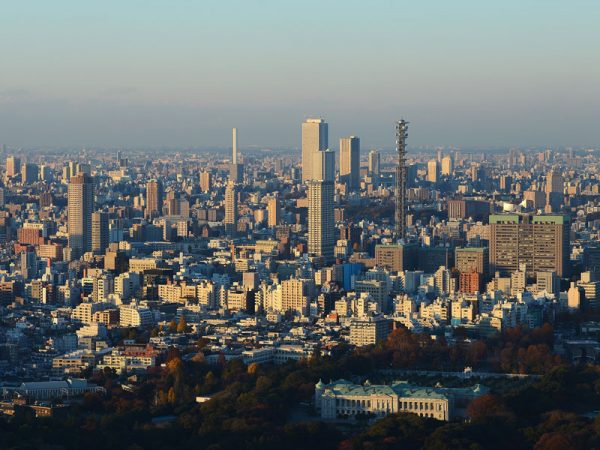Owain Jones takes a look at some of the possible risks involved with the Rugby World Cup taking place in Japan.
Rugby World Cup – Earthquakes
The Rugby World Cup is currently taking place in Japan to much pomp and ceremony. Several matches have been played but there are plenty more to go at 12 locations from Hokkaido in the North to the subtropical isle of Okinawa in the South.
Organisers have said over 400,000 travelling fans are expected to travel and if they’ve done their homework, they’ll be well-versed that Japan is located at the junction of four tectonic plates and riddled with faults that make earthquakes a daily occurrence for the island’s 127m inhabitants.
In fact, there have been 13 earthquakes measuring over 5.0 on the Richter Scale since the mega-earthquake of Tohoku of 2011, but such is Japan’s expenditure on building infrastructure that the death toll has been relatively modest, with 108 people losing their lives.
In 2011, at 9.01 on the Richter scale, the Great East Japan Earthquake was one of the five largest earthquakes ever recorded. Nearly 20,000 people lost their lives, and Australia’s World Cup finalist Scott Fardy, playing the country at the time, took part in the rescue effort.
Indeed, given its precarious location, Japan equates for 20 per cent of the world’s earthquakes with over 1,000 tremors-a-day registered on Japan’s Shindo scale but that shouldn’t put rugby fans off heading there for the Rugby World Cup. Far from it but they should be prepared for any eventuality.
So what should fans expect? In Japan it’s routine to house a basic survival kit with a flashlight, radio, first aid kit and enough food and water to last a few days. Wherever fans are staying it’s also sensible to find out where the designated evacuation area lies in the neighbourhood. If you are caught in an earthquake, the advice is to place yourself under a doorway or table, watch out for breaking glass and avoid running outside. If it’s been a serious quake, it’s prudent to turn off stoves, ovens and the building’s main gas supply.
Depending where you’re staying, the area can be at risk from a Tsunami in the coastal areas or landslides in mountainous climes.
World Cup 2019 Venues
What you need to know about the 12…
Rugby World Cup Winners
We take a quick tour through the history…
Rugby World Cup Fixtures 2023
The Rugby World Cup 2023 fixtures concluded with…
September and October, when the tournament is in full swing, is prone to tropical cyclones and 12 months ago an earthquake measuring 6.7 hit Hokkaido near the city of Sapporo where England will be based later this year, killing 40 people. World Rugby hopes Lady Luck is on its side.
The organisers are, understandably, putting in contingency plans for the loss of team hotels, transport hubs and training grounds and the possibility of moving fixtures but they are confident Japan will be able to cope with any natural disaster in the safest way possible to avoid disruption.
Follow our Rugby World Cup homepage which we update regularly with news and features.
Also make sure you know about the Groups, Warm-ups, Dates, Fixtures, Venues, TV Coverage, Qualified Teams by clicking on the highlighted links.








